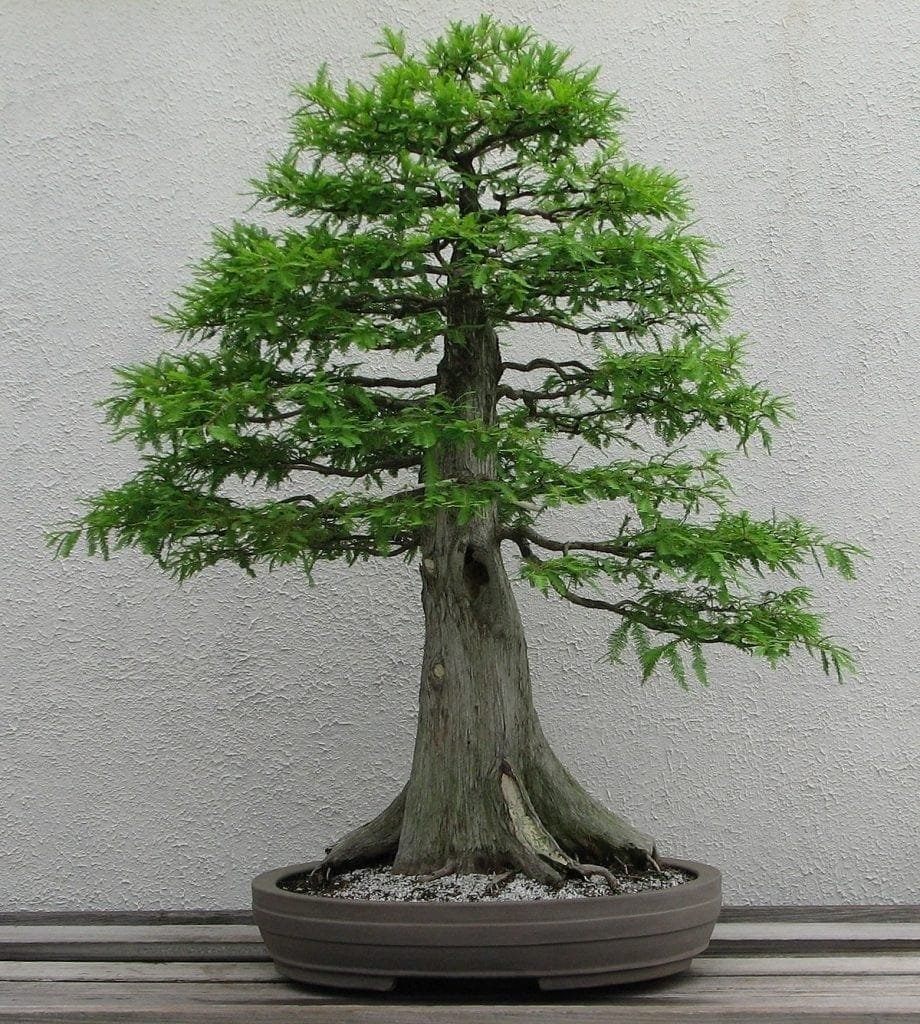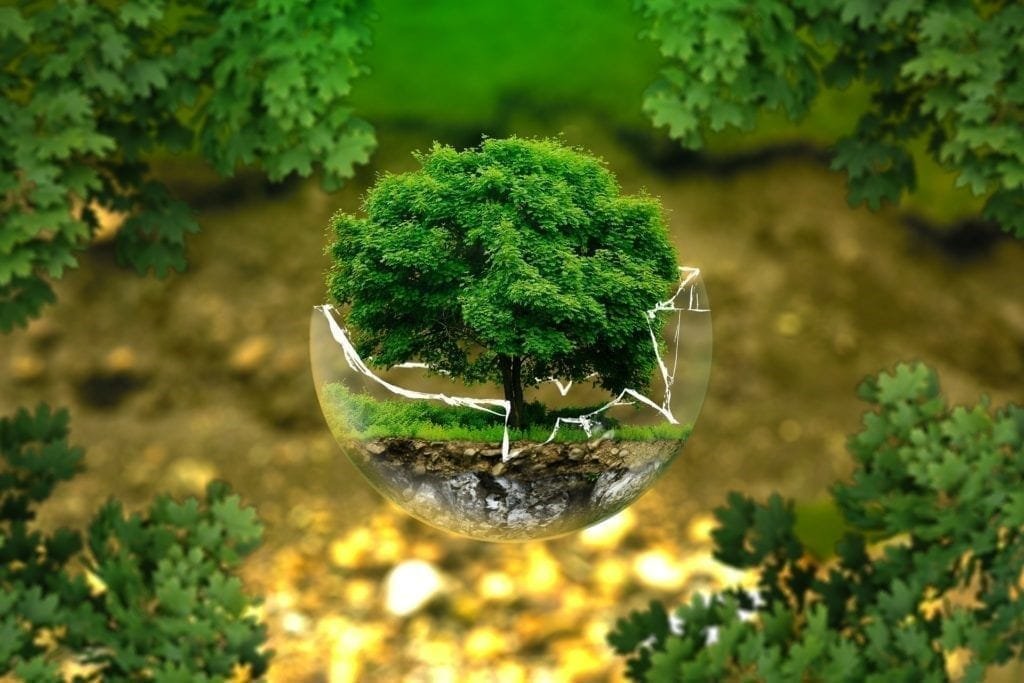Bonsai is a gorgeous Japanese art form which aims to combine Japanese aesthetics and horticultural skills. It has two kanji – bon which means “basin” or “tray” and sai which means “planting”. When you literally translate their meaning, it will be “planted in a container or basin.”
If you have ever seen these miniature trees, you may be surprised to know how much time it takes to grow into these beautiful masterpieces. There are times it takes hundreds of years.
One more surprising thing about a bonsai tree is that it is not genetically miniature. This is exactly like its brothers or sisters in the woods. Here are more facts to know about the Japanese art of bonsai.
Bonsai and Its History

The art of bonsai has been around for more than a thousand years.
In China, penjing or the art of making miniature landscapes comes with mythological roots dated back to 3rd century AD.
The process behind cultivating miniature trees from the source specimens perhaps started in during the 7th century AD in Japan. It was the time when the Japanese Buddhists came back from China with source planting.
The earliest bonsai written record dated back to 970 AD. However, bonsai became widely popular in the 1800s which led to mass cultivation. It eventually ended in the bonsai “Classical Period” that witnessed the introduction of copper wire which helped people in manipulating the tree’s growth.
In 1941, more than 300 bonsai nurseries in Tokyo cultivated 150 plant species and exported them to America and Europe.
Today, bonsai has a worldwide audience with around 5 million hobbyists cultivating trees all over the world. However, while there’s more information about growing and keeping bonsai, the job has become more challenging because of the elevating summer temperatures.
Aesthetics and Art
Bonsai makes use of the medium of imagery to communicate emotions and ideas. The meaning of these signs is usually incomprehensible to the naked eyes. Understanding the Japanese aesthetics will help you in appreciating the rich symbolism in the art of bonsai.
Growing a bonsai plant uses a combination of artistic applications and horticultural techniques. The objective behind this is creating miniature editions of plants and trees. The art and practice of making a bonsai have been refined through centuries in order to show the aesthetic qualities naturally through harmony, balance, and simplicity.
Bonsai trees start their lives from the source material, a shrub that a grower decided to train in the bonsai form. People seldom use seeds as they take forever to grow. Instead, they cut a piece of the tree they would like to use.
This habit gives a weathered and old look to a bonsai tree.
From there, artists shape their tree by using different methods like pruning, trimming, clamping, and wiring the branches.
One interesting matter regarding the art of bonsai in Japan is viewing how a bonsai tree symbolizes most of the Japanese cultural characteristics. If you are interested in the Japanese language, culture, festivals, and food are surprising ways to know everything about Japan. On the other hand, a bonsai tree presents the influence of Wabi-sabi and Zen Buddhism.
Wabi-sabi is quite interesting. It’s a category of all-encompassing sense within the Japanese art which emphasizes subdued refinement and quiet simplicity. It is a nice look in the Japanese mentality. Wabi-sabi is in art, pottery, tools, and even conversation.
While a bonsai tree grows, a trainer aims to foster a fully-grown appearance while keeping the plant miniature. He inspects the proportions to imitate a mature tree asymmetrically. Bonsai aesthetics is not promoting symmetry while emphasizing the importance of not leaving any marks of the artist to the tree.
This video will tell you more about bonsai aesthetics.
Bonsai is Not Only a Beautiful Tree

Bonsai is not just a beautiful tree. As with the different forms of Japanese art, bonsai is a subtle but complicated process where the intended gravitas of a bonsai tree arises from the uncomplicatedness of the aesthetic, which is the fruit of scrupulous patience and hard work.
Anybody who is vaguely familiar with the Japanese culture may expect that a group of aesthetic rules supervises the bonsai. These guidelines may range from the aversion to accurately imitate the proportions of a mature tree. The artist should be able to accomplish all these things without leaving any noticeable trace.
The expected effect is the one that shows the Japanese notions of mono no aware and wabi-sabi. While wabi-sabi is the “beauty in imperfection” which is apparent in the prevention of symmetry, mono no ware translates as “the despair of things” and is regarding appreciating the existence’s transient nature and the transience of the nature through caring for a bonsai tree. Thus, bonsai will have a specific pathos through which anyone can reflect on a few of the heaviest philosophical considerations that people have seen themselves dealing with.
Bonsai in the Present

If you want to have a closer look at those carefully and meticulously crafted creations, visit the Omiya Bonsai Village located in Saitama in Japan. It has five gardens. Some of them have been running since the 1800s.
There’s a museum as well in the area. Tokyo features the famous Shunka-en Bonsai Garden, operated by Bonsai Master Kunio Kobayashi.
Each year, Japan is holding its popular Kokufu Bonsai Exhibition in which the professionals show the public their most gorgeous works. If it sounds a little intimidating, there’s the bonsai festival held in Omiya from May 3 to 5.
Don’t miss this festival where you can walk in and have a look at the beautiful sights during the exhibit. The facility also houses more than 100 shops that sell bonsai trees and other goods.
Bonsai trees are the glimpse to Japan’s vibrant and deep side which goes and travels back before the rise of the modern society. Wabi-sabi exists in the trees, in Ikebana or flower arrangement, In Origami, and in Sado or tea ceremony.
If you are really interested in bonsai and in the art of bonsai in Japan, this will be a good way of gaining a better understanding of the Japanese society.


